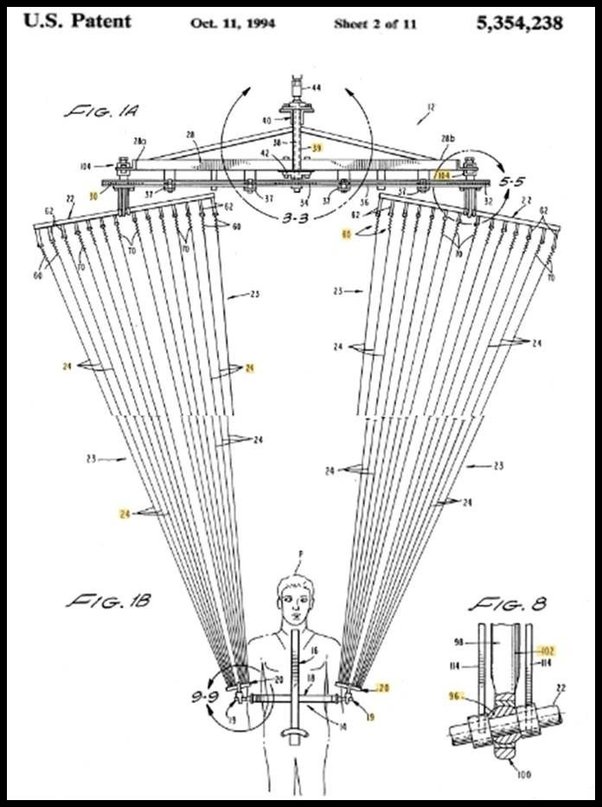David Copperfield, renowned as the most commercially successful magician in history, has amazed audiences worldwide with his incredible illusions. Among his repertoire, one stands out for its grace and apparent defiance of the laws of physics – the Flying Illusion.
The Magic of Flight
First performed in 1992, Copperfield’s Flying Illusion has become one of his signature performances. In this breathtaking act, Copperfield appears to fly freely on stage, performing acrobatics in mid-air, all while surrounded by audience members. The illusion is notable for its fluid motion and the unencumbered appearance of Copperfield’s flight.
The Performance
The illusion begins with Copperfield floating off the ground, then flying acrobatically on the stage. He performs a backflip in midair, and spinning hoops are passed around him, supposedly to prove that he is not suspended by wires. He then floats down into an acrylic glass box, which has been previously examined by audience members, and continues to float inside after the box is covered. An assistant walks over the top of the box, and Copperfield walks upside down moving his feet under the assistant’s feet. The climax of the performance comes when Copperfield selects a female volunteer from his audience and flies with her in a fashion similar to Superman carrying Lois Lane.
The Secret Behind the Illusion

The method behind this illusion was created by John Gaughan. According to the patent, the performer is supported by two fan-shaped arrays of fine wires that remain invisible to the viewing audience. The wires are about 0.25 millimeters thick, and each can support about 10 kilograms. The arrays contain more than enough wires to support the performer’s weight. The wire arrays are mounted at the hips, near the human center of mass, to a harness worn under the clothing. This creates a balance point facilitating a wide range of movements while suspended.
The wires are attached to a complex computer-controlled rig above the stage that maintains the tension in each wire, and keeps each array of wires perpendicular to the audience’s line of sight so that the wires never overlap one another, which might allow the audience to see them.
The Art of Illusion
While the mechanics of the trick are known, the artistry and skill involved in performing such an illusion are what make it truly magical. Copperfield’s performance is a testament to the power of illusion and the enduring fascination we have with the seemingly impossible.
Choreography: The Unsung Hero
Absolutely crucial to the execution of this illusion is the choreography. Copperfield’s movements need to be smooth and natural to maintain the illusion of unassisted flight. His ability to perform acrobatics in mid-air, such as backflips, adds to the spectacle and helps convince the audience that he is truly flying.
Moreover, the interaction with the audience is a key part of the performance. Copperfield often invites audience members on stage to participate in the illusion, such as passing hoops around him or joining him in flight. This not only adds an element of surprise but also serves to dispel any doubts about the authenticity of the illusion.
So, while the wires and rigging provide the means for Copperfield to “fly”, it’s his skill as a performer and the choreography of the illusion that bring the magic to life.







